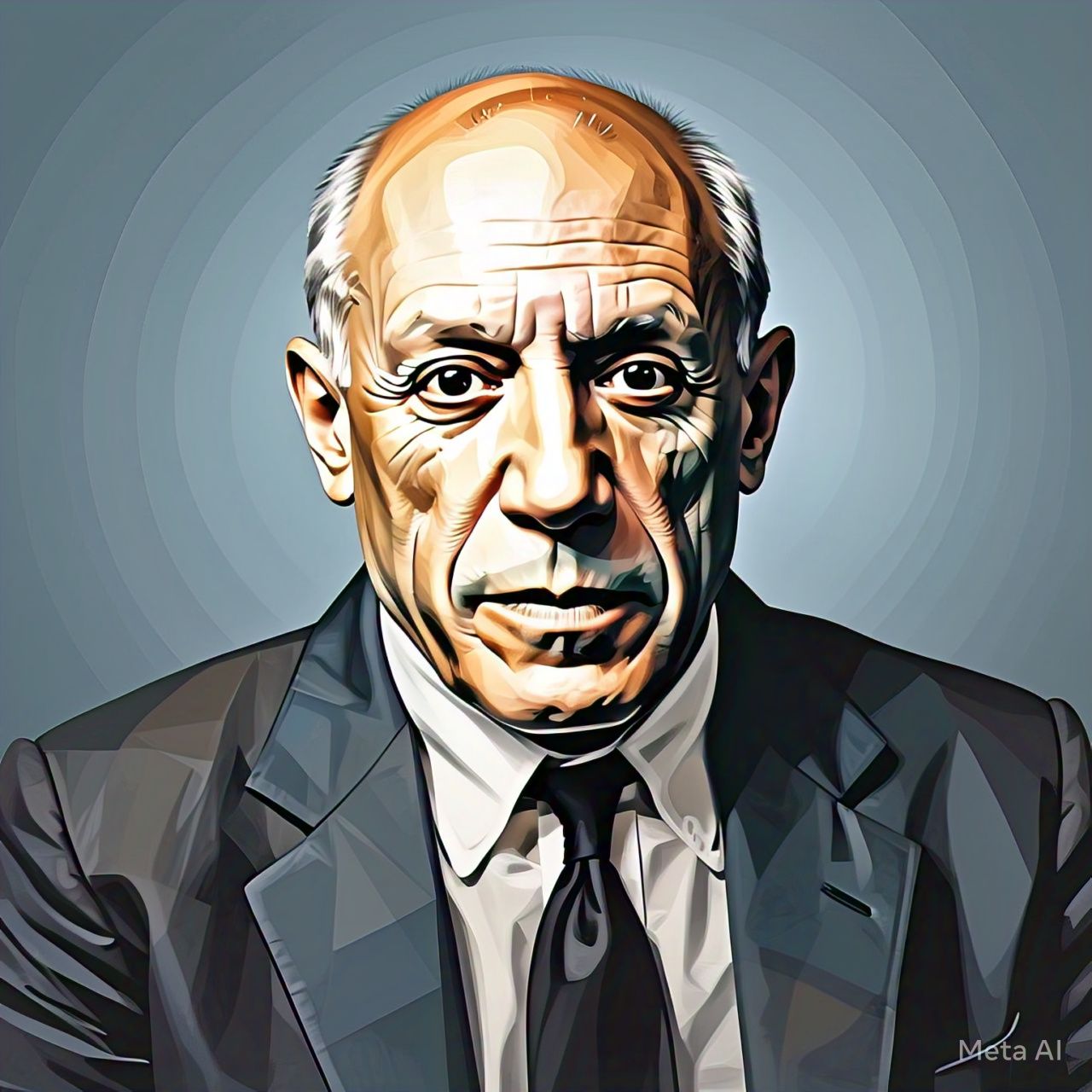Famous Dyslexics

Pablo Picasso
What is Dyslexia?
Dyslexia is a specific learning disability that is neurobiological in origin. It is characterized by difficulties with accurate and/or fluent word recognition and by poor spelling and decoding abilities, These difficulties typically result from a deficit in the phonological component of language that is often unexpected in relation to other cognitive disabilities and the provision of effective classroom instruction.
– International Dyslexia Association
Dyslexia ranges from mild to profound. Though the data varies, it is commonly understood that 20% of the population is diagnosed/struggles with Dyslexia, and it's definitely genetic.
What does Dyslexia look like?
An individual with Dyslexia has poor spelling, reads aloud in a slow or choppy manner, has difficulty sounding out unknown words, and struggles to get their thoughts out on paper. The person’s spoken or oral vocabulary is significantly higher than their written skills otherwise demonstrate.
Someone with Dyslexia can also have these characteristics:
Dyslexic individuals have an uncanny recall of details in a story or life event. Dyslexics are very often excellent at predicting the next item in a pattern/series, or the result of a series of events in order; Dyslexia is nicknamed the “MIT Disease” because so many engineers have Dyslexia. Because of the formation of the mini columns in the brain of a Dyslexic individual, they are excellent at making connections between seemingly unconnected items or events.
"Can't This Wait?"
Unremediated dyslexic children can survive in the school system, but the cost is profound.
What Should I Do?
Explore Megan's methods for remediating Dyslexia and other learning disabilities.
Read more about Megan's solutions in "Maggie's Story"
Maggie's Story
A struggling Dyslexic who mastered reading and writing.